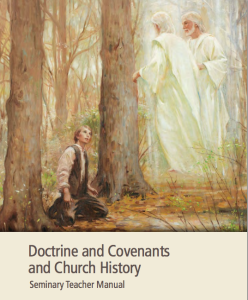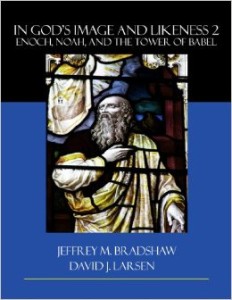[Written by Kerry Muhlestein]
As was mentioned in the last column (link to column here), it was almost universally assumed that all of the papyri Joseph Smith had once owned had been destroyed in the Great Chicago Fire of 1871. Thus many were surprised when the papyri surfaced in 1967. One of the papyri fragments contained the drawing which was the original source of Facsimile One. This papyrus drew the most immediate interest.[i]
Part of the reason this fragment drew so much attention was because of the possibilities it suggested. It seemed that perhaps we could now test Joseph Smith’s revelatory abilities. Many members of the LDS Church assumed that the text on the papyri which surrounded the original of Facsimile One was the source of the Book of Abraham.
This may give them to chance to demonstrate Joseph Smith’s prophetic abilities. Anti-Mormons also assumed that the text adjacent to that drawing was the source of the Book of Abraham and were excited about the opportunity to disprove Joseph Smith’s prophetic abilities.[ii] Sadly, neither of these groups took the time to carefully and rigorously examine their assumptions. Thus, when the text was translated and we learned that it was a fairly common Egyptian funerary document called the Book of Breathings, many felt that they could now demonstrate that Joseph Smith was not an inspired translator.
[To continue reading this article, please visit the Meridian Magazine website by following this link.]
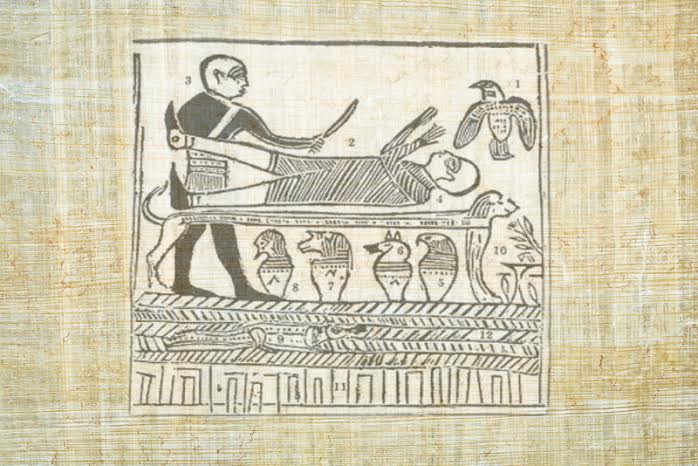
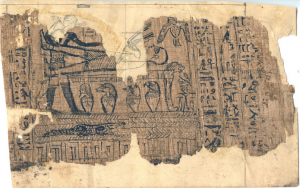
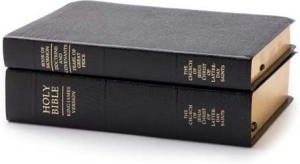

 Royal Skousen is a professor of linguistics and English at Brigham Young University. He is considered to be a leading expert on the textual history of the Book of Mormon.
Royal Skousen is a professor of linguistics and English at Brigham Young University. He is considered to be a leading expert on the textual history of the Book of Mormon.